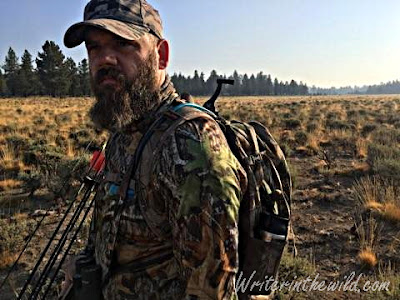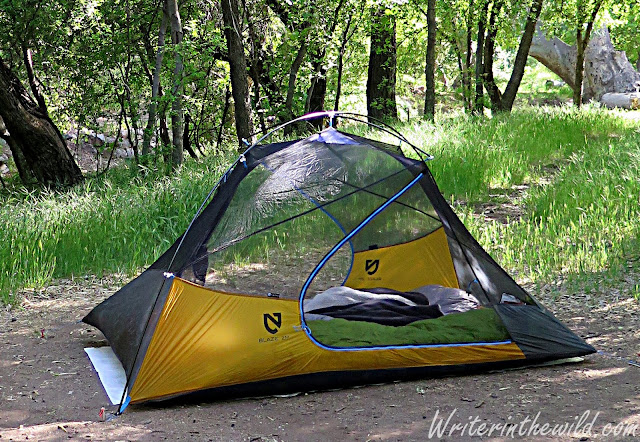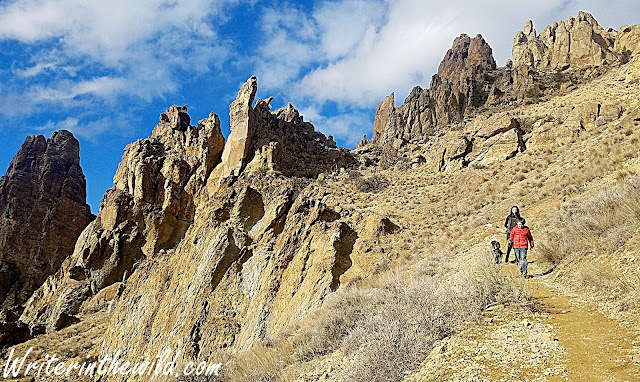 |
| First light on Porcupine Flat |
Haeleum - Darian | Mossy Oak® Camoflauge Shirt
What is it? High tech hunting/hiking t-shirt
Fabric: 100% DryTru polyester
Technologies:
Sun Protection: UPF 50+
Bug Repellent: Insect Shield®
Moisture Wicking
Quick Dry
Anti-microbial.
Price: $36.99 at Haeleum.com
The Darian shirt by Haeleum is a high-tech piece of outdoor apparel with excellent versatility and an affordable price tag. While moisture wicking and quick drying fabrics are virtually the norm in performance t-shirts, adding anti-microbial, sun protection and bug repellent properties make this a truly unique piece.
Over the last two months I've worn this shirt hiking and hunting all over the great state of Oregon. The Darian is soft and comfortable, and still looks new after a dozen washes. For me, the torso fit is perfect, but the arms are cut too short. I wear a large, and as far as I know my arms aren't unusually long. The Darian's sleeves stop well before my wrist bone, which results in me rolling them up when worn as a standalone piece.
The Darian really shines in the sun. Under a scathing September sun for three days on an early season bow-hunt in Central Oregon, I returned to camp every night dry. Credit the DryTru polyester fabric. I hate carrying sunblock and I hate wearing it even more. A 50+ UPF rating means that I'm protected, even in the hottest conditions.
Late in September I wore the Darian everyday for five days straight. All day long slogging up sloppy mountainsides and bushwhacking through dense drainages. After some big climbs and big sweats, I never felt cold or wet. The shirt performed flawlessly. It dried quickly and always felt new. Even at the end of the trip. The shirt was wrinkle free and didn't stink. I could have wore it for another five days.
Insect repellent clothing is always in demand, but in late summer and fall in central Oregon, insects are simply not a problem. It was the only property of this shirt that I couldn't test. However, having a disdain for insect repellent sprays nearly equal to that of sunscreen, I have used Insect Shield® clothing in the past during the height of mosquito season and found it highly effective. Combined with the UPF rating, you're looking at a seriously protective shirt.
Overall I am absolutely impressed with this shirt. If you picked up a comparable shirt at any major outdoor retailer you could spend upwards of $100. That's the real beauty of it. The $36.99 price-tag is unbeatable. I would like to see a camouflage pattern more applicable to west coast hunting, but this isn't just a hunting shirt. I would recommend it for any year-round outdoor activity. Especially for those who carry less but expect more from their gear. The Darian shirt can do it all.
 |
| In the high Cascades. |
Disclosure of Material Connection: I received the Darian Camouflage Shirt for free from Haeleum in consideration for a gear review.































